
Weighing about as much as two grains of rice but with the energy density of a much larger, heavier battery, the researchers’ packing-free design could enable a host of otherwise impossible electronics. (Image: Penn Engineering Today)

Weighing about as much as two grains of rice but with the energy density of a much larger, heavier battery, the researchers’ packing-free design could enable a host of otherwise impossible electronics. (Image: Penn Engineering Today)
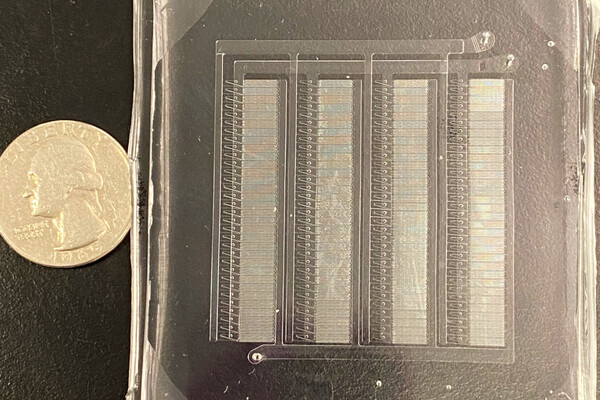
The researchers’ new platform technology, called Very Large Scale Microfluidic Integration, allows tens of thousands of microfluidic units to be incorporated into a single three-dimensionally etched silicon-and-glass wafer. (Image: Penn Engineering Today)
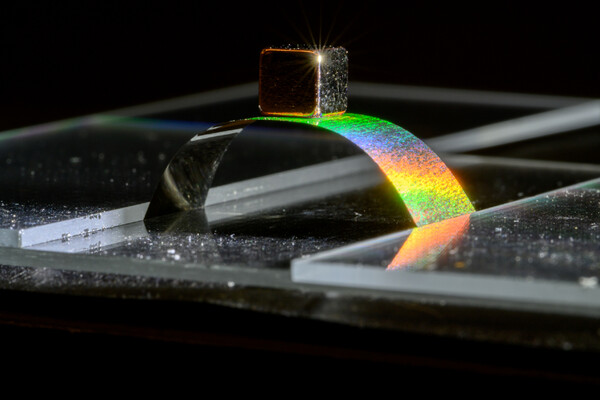
This strip of metallic wood, about an inch long and one-third inch wide, is thinner than household aluminum foil but is supporting more than 50 times its own weight without buckling. If the weight was suspended from it, the same strip could support more than six pounds without breaking. (Image: Penn Engineering Today)

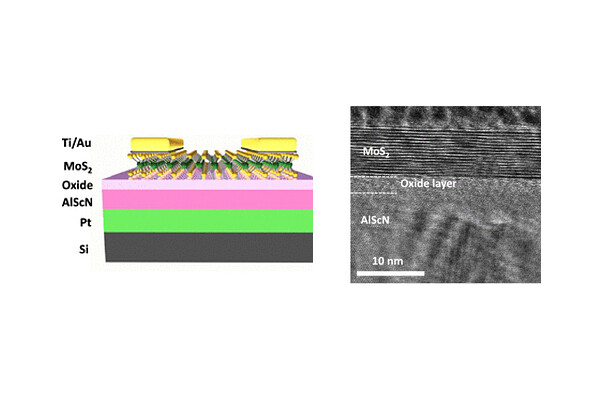
An illustration and electron microscope image of the researchers’ FE-FET device. (Image: Penn Engineering Today)
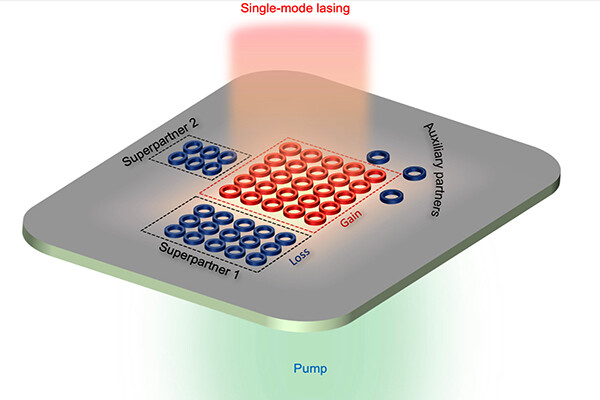
Ring microlasers are eyed as potential light sources for photonic applications, but they first must be made more powerful. Combining multiple microlasers into an array solves only half of the problem, as this adds noisy “modes” to the resulting laser light. Penn Engineers have achieved single-mode lasing from such an array. By calculating the necessary properties for “superpartners” placed around the primary array, they can cancel out the unwanted extra modes. (Image: Penn Engineering Today)

The “metal-eating” robot can follow a metal path without using a computer or needing a battery. By wiring the power-supplying units to the wheels on the opposite side, the robot autonomously navigates away from the tape and towards aluminum surfaces. (Image: Penn Engineering Today)

A computer model of a mutated anaplastic lymphoma kinase (ALK), a known oncogenic driver in pediatric neuroblastoma. (Image: Penn Engineering Today)
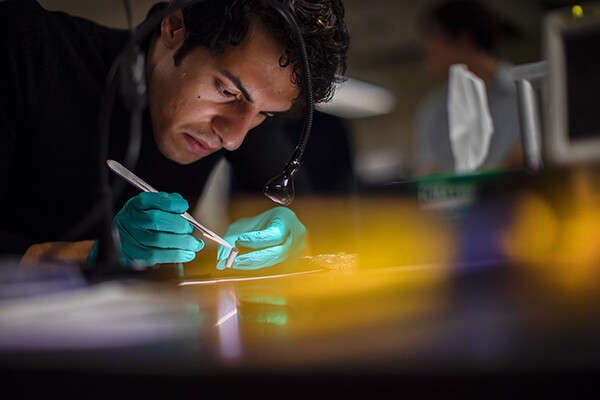
Working in the Bargatin Group’s lab, Mohsen Azadi wields a scalpel while preparing a photophoretic levitation experiment. Unlike the microscopic particles that have been previously levitated with this techniques, the researchers’ flyers are big enough to manipulated by hand. (Image: Eric Sucar)

Penn Engineering undergraduate Niko Simpkins. (Image: Penn Engineering Today)